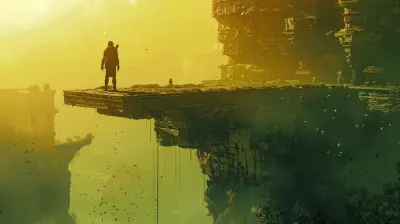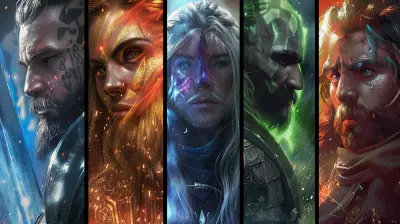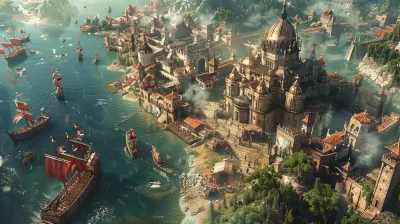Exploring the Future of Game Graphics Technology
14 September 2025
Gaming has come a long way since the days of pixelated sprites hopping across 2D worlds. If you’ve been gaming for a while, you probably remember the excitement of your first console or the awe the first time you booted up a game with “realistic graphics.” Fast forward to today, and we’re looking at jaw-dropping visuals that sometimes blur the line between game and reality. But what’s next? What does the future hold for game graphics technology?
Let’s dive in and take a look at where we’re headed — by the end of this, you might just feel like you’ve had a glimpse into the next generation of gaming.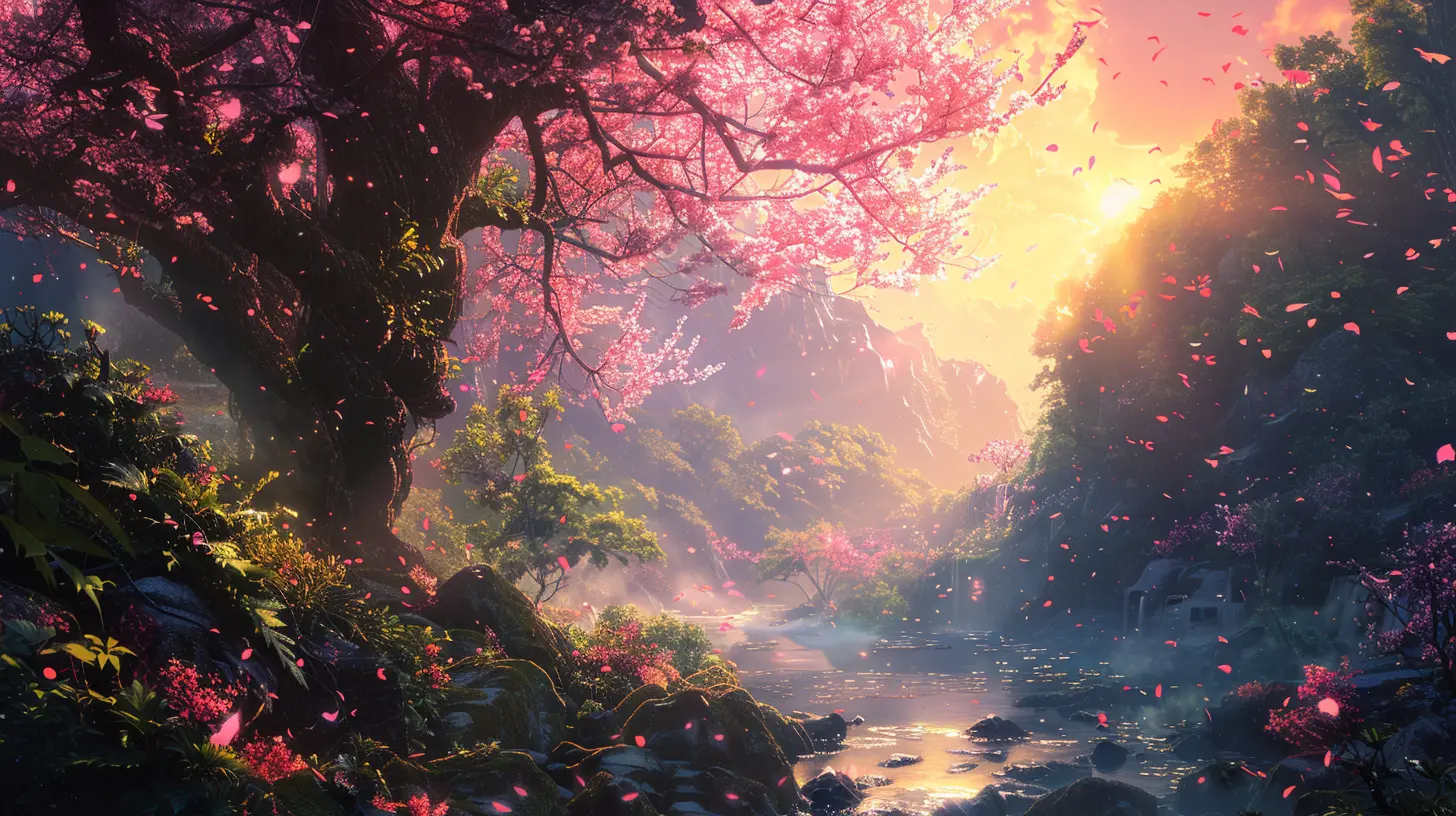
The Evolution So Far: From Pixels to Photorealism
Before we jump too far ahead, let’s geek out for a second and appreciate just how far we’ve come.In the early days, we had blocky, 8-bit visuals. Characters looked more like Lego pieces than people. Then came 16-bit, then 3D polygons in the ‘90s, and suddenly we had full-on 3D environments that felt like worlds of their own.
Flash forward to the 2010s, and we saw a massive leap with high-definition rendering, dynamic lighting, and lifelike animations. Think about games like The Witcher 3, Red Dead Redemption 2, or Cyberpunk 2077. The detail is insane. But here’s the kicker: even with all of that, we’re just scratching the surface.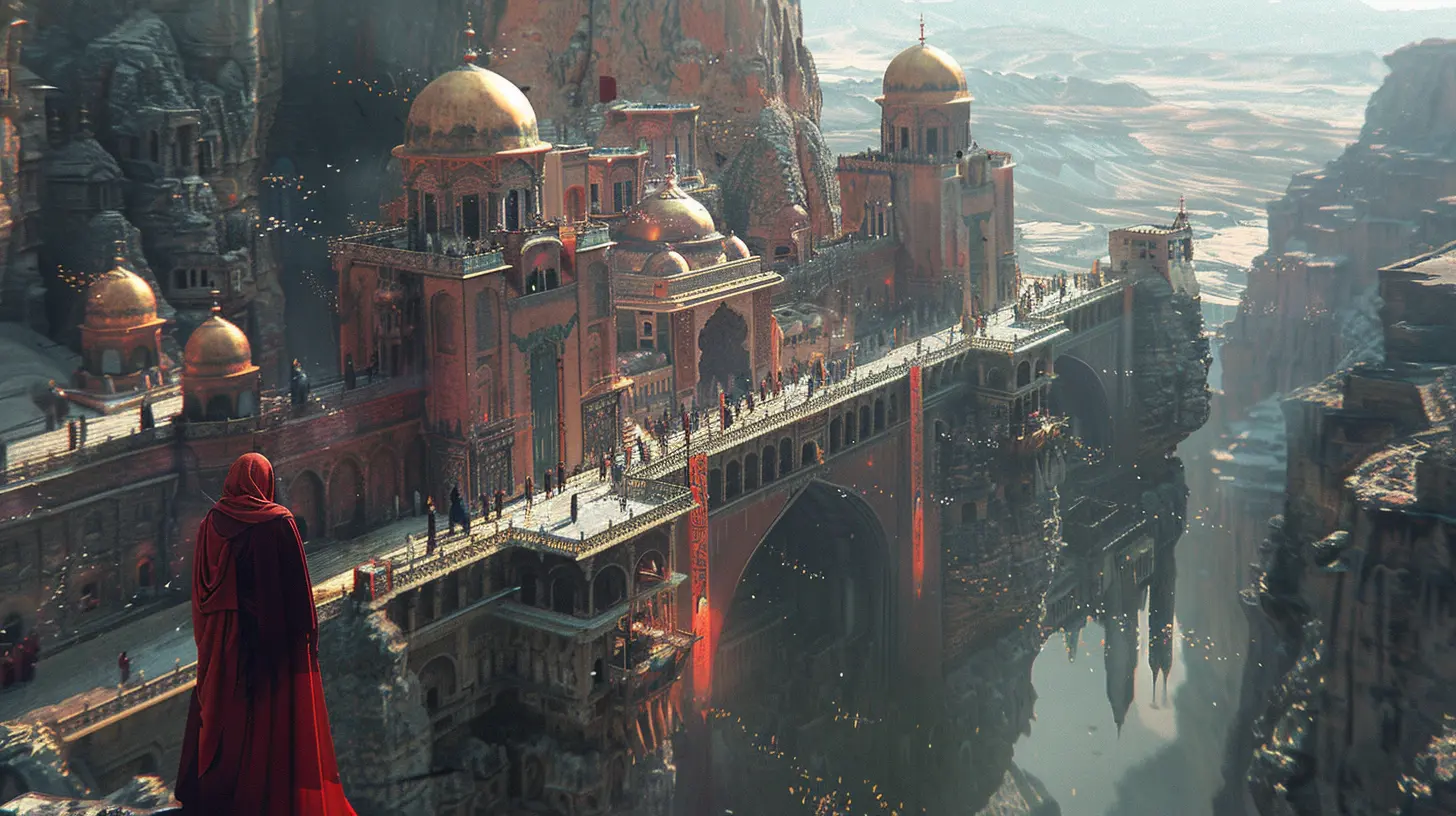
Real-Time Ray Tracing: Lighting That Changes the Game
You can’t talk about the future of game graphics without bringing up ray tracing. Traditional games use pre-baked lighting or “cheated” shadows. It looks good, but it’s not what you'd call realistic.Ray tracing changes that game completely. It simulates how light actually behaves in the real world—bouncing off surfaces, creating accurate shadows, and interacting naturally with different materials. The result? Scenes that feel real. Like...you’re there.
Real-time ray tracing used to be a pipe dream because it was super demanding. But thanks to modern GPUs (looking at you, NVIDIA RTX series), we’re starting to see it implemented in actual games, and it’s only going to get better.
Want to know the cool part? As more developers adopt it and optimize their engines, expect ray tracing to be the norm rather than the wow factor.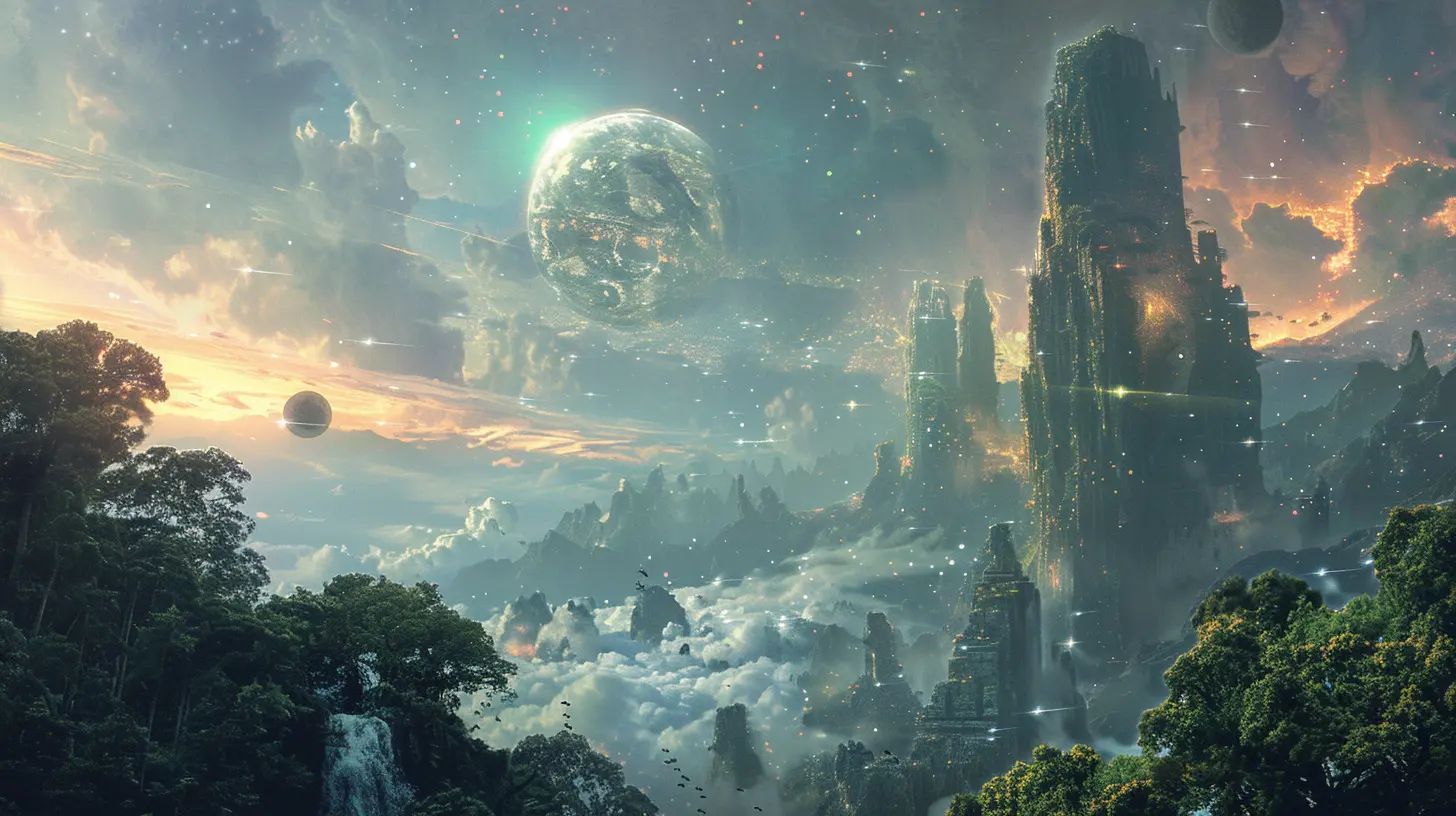
AI-Powered Graphics: Smarter, Not Harder
Here’s where things get even more interesting—artificial intelligence isn’t just making NPCs smarter. It’s actually helping create better visuals.AI upscaling like NVIDIA’s DLSS (Deep Learning Super Sampling) or AMD’s FSR (FidelityFX Super Resolution) lets gamers experience high-resolution graphics without the massive performance cost. Instead of rendering every pixel, these technologies use trained AI models to predict and fill in the details. The result? Crisp visuals and smoother gameplay.
Imagine getting 4K quality at the cost of 1080p performance. That's like getting a steak dinner on a ramen budget.
And it doesn’t stop there. AI is also being used for:
- Texture enhancement: Automatically improving low-res assets.
- Facial animations: Real-time, emotionally accurate faces.
- Procedural generation: Creating massive, detailed worlds with minimal human input.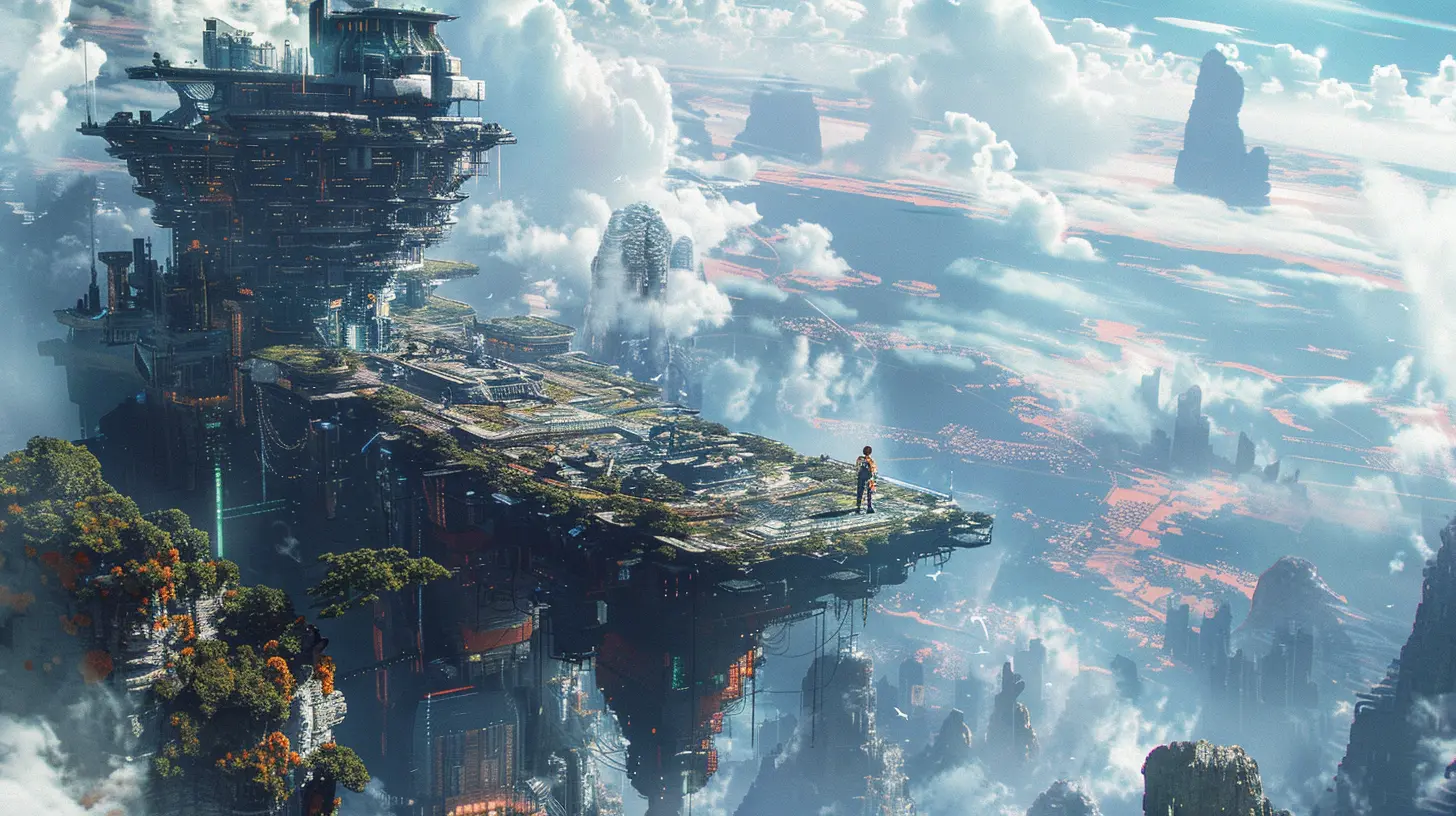
The Rise of Photogrammetry and Scanned Assets
If you’ve played titles like Battlefield or Microsoft Flight Simulator, you've already seen photogrammetry in action. This tech involves taking thousands of photos of real-world objects or environments and using software to turn them into 3D models.You’re not just getting artist interpretations anymore—you’re getting the real thing, scanned and dropped into the game world.
This is a huge leap in terms of realism. Rocks look like rocks. Trees have bizarre, individual shapes. Cities aren’t just boxes with textures—they have soul.
Developers are blending these assets with AI and traditional modeling for hybrid environments that are simply stunning. As this tech gets faster and easier to use, expect games to look even more like real life.
Next-Gen Engines: Unreal Engine 5 and Beyond
Let’s talk about the tech backbone behind it all — game engines.Unreal Engine 5 is kind of a big deal. Its standout features like Nanite and Lumen are redefining what’s possible in real-time graphics.
- Nanite allows for insane detail with virtualized geometry. That means developers can use film-quality assets without melting your graphics card.
- Lumen handles dynamic global illumination (a fancy way of saying lighting that adapts in real-time to the environment).
Couple that with improved physics, animation systems, and developer tools, and you’re looking at a foundation that will shape the next decade of gaming. Other engines like Unity and CryEngine are also evolving fast — but UE5 is leading the charge.
Games are no longer just about visuals; they're about how visuals interact with gameplay in a believable way.
Hyper-Realistic Characters and Facial Animation: Enter the Digital Human
You know that weird, unsettling feeling you get when something’s “almost” lifelike, but not quite? That’s the uncanny valley. Designers have been battling that for years.But thanks to improvements in motion capture, facial scanning, and AI-driven animation, we’re finally starting to climb out of it.
EPIC’s MetaHuman Creator is a great example. It lets developers build incredibly realistic human characters — eyes that move naturally, skin that reacts to light, subtle facial expressions. Combine that with performance capture, and you’ve got digital actors that can genuinely act.
The goal? Characters that don’t just look real, but feel real. The kind that make you forget you're watching a game and not a blockbuster film.
Cloud-Based Rendering and Streaming: Power Without the Hardware
Let’s face it — not everyone has a $2,000 gaming rig. And while graphics are getting better, so are the demands on your system.That’s where cloud gaming and rendering come into play.
Platforms like NVIDIA GeForce Now, Xbox Cloud Gaming, and Google Stadia (RIP, maybe?) aim to shift the heavy lifting to powerful servers. The player just streams the result in real time, like Netflix — but interactive.
This could unlock ultra-realistic graphics for anyone with a decent internet connection. No high-end GPU? No problem.
The real challenge here is latency, but 5G and fiber networks are narrowing the gap. Give it a few more years, and cloud-rendered graphics could go mainstream, democratizing access to next-gen visuals.
Virtual Reality and Graphics Fidelity: A Match in the Making
VR has always been kind of... tricky. It promises immersion but struggles with power and comfort. Lower graphics quality in VR is common to maintain high frame rates and avoid motion sickness.But that’s changing.
With breakthroughs in optimization, new headsets like the Meta Quest 3, PlayStation VR2, and Valve Index, we’re inching closer to VR worlds that actually look good.
Combined with eye-tracking technology (used for something called foveated rendering), developers can focus resources on where you're looking, not the whole screen. That means better detail, less wasted power, and more immersive experiences.
Bottom line? Realistic VR is getting closer, and it’s gonna be wild.
Stylized Graphics Still Have a Place
Now, just because we’re headed for realism doesn't mean there’s no room for creativity.Games like Hades, Cuphead, or The Legend of Zelda: Breath of the Wild show us that stylized graphics are alive and thriving. The future isn’t just about photorealism — it’s about options.
Developers can now blend realistic lighting and physics with cartoonish art styles, creating unique aesthetics that stand out in a sea of “realistic” visuals. It’s not either/or — it’s whatever the story and feel of the game demand.
So, What’s Next?
There’s no one-size-fits-all answer to where game graphics are heading. But here’s what we can count on:- More realism that doesn’t sacrifice performance.
- Smarter tools that help small devs build big experiences.
- Bigger worlds filled with incredible detail.
- Cloud tech that breaks down hardware barriers.
- VR and AR blurring the line between playing and being.
The future of game graphics isn’t just about looking pretty. It’s about creating emotions, stories, and experiences that are richer, deeper, and more immersive than we ever thought possible.
So next time you boot up a game and stop just to look at the scenery — remember, we’re living in the golden age of video game visuals… and it’s only getting better.
Final Thoughts
The future of game graphics technology is exciting because it’s not just about better visuals — it’s about unlocking new ways of storytelling and interaction. Whether you’re a hardcore gamer, a part-time explorer, or just someone who appreciates a beautiful scene, the next generation of graphics tech is something to be hyped about.And the best part? You won’t have to wait long. The revolution is already happening — one pixel at a time.
all images in this post were generated using AI tools
Category:
Game GraphicsAuthor:

Pascal Jennings
Discussion
rate this article
1 comments
Blade Lozano
Game graphics are evolving faster than a speedrun! 🚀 From pixelated past to breathtaking realisms, it’s like watching a caterpillar transform into a magnificent butterfly. Can't wait to see what jaw-dropping visuals the future holds—let the pixel party begin! 🎮✨
September 27, 2025 at 3:58 AM

Pascal Jennings
Absolutely! The evolution of game graphics is truly remarkable, and it's exciting to imagine the stunning visuals that await us. Let the journey continue! 🎮✨
